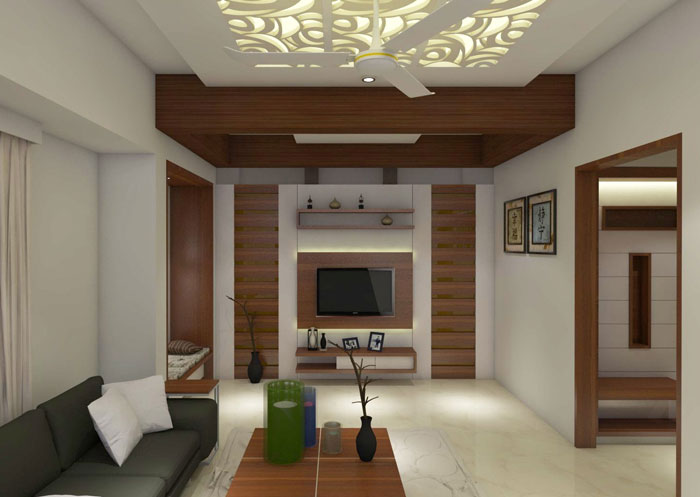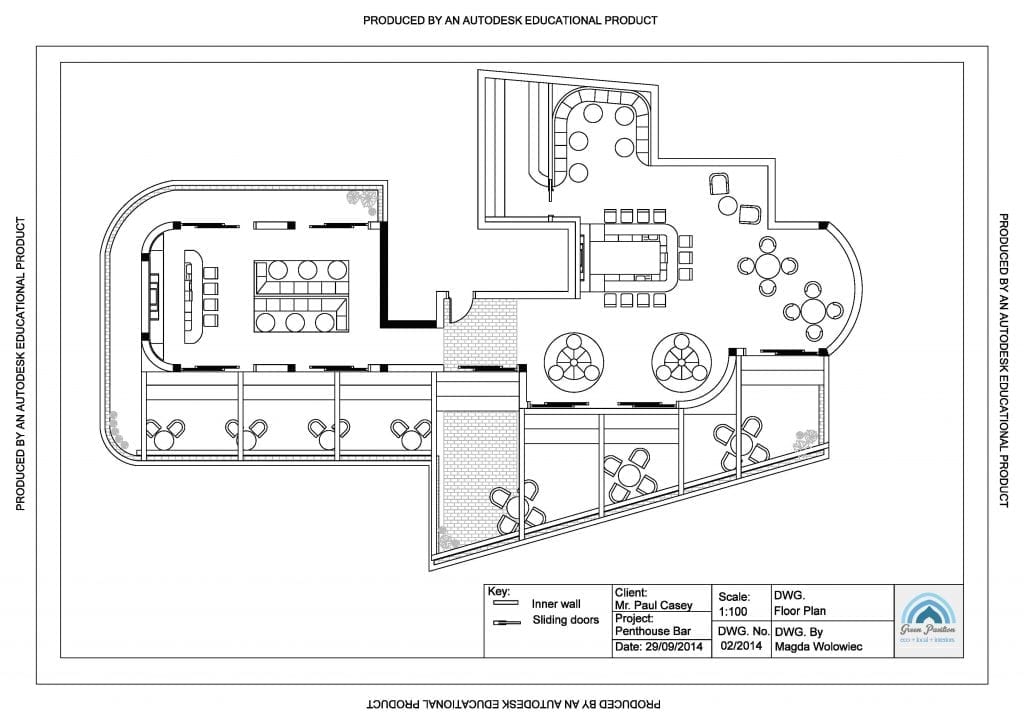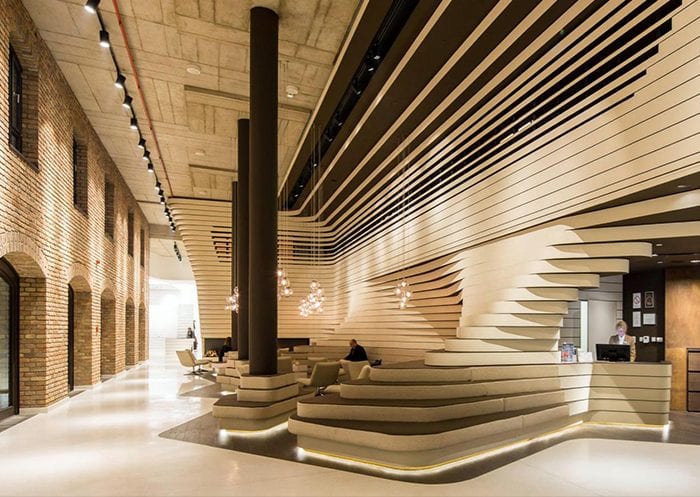Premier Winchester Architecture Services for Unique Home Designs
Wiki Article
The Art of Balance: Exactly How Interior Design and Home Designer Collaborate for Stunning Results
In the realm of home layout, striking an equilibrium in between aesthetic appeals and capability is no tiny task. This delicate balance is achieved via the unified cooperation in between indoor developers and engineers, each bringing their unique know-how to the table. Stay with us as we discover the complexities of this collective procedure and its transformative influence on home design.Comprehending the Core Differences Between Interior Decoration and Home Architecture
While both Interior Design and home architecture play essential functions in producing visually pleasing and functional areas, they are naturally various techniques. Home style primarily concentrates on the architectural facets of the home, such as constructing codes, security guidelines, and the physical building of the area. It manages the 'bones' of the structure, working with spatial measurements, load-bearing wall surfaces, and roof covering layouts. On the various other hand, Interior Design is much more worried with boosting the aesthetic and sensory experience within that structure. It includes selecting and organizing furniture, selecting color plans, and integrating ornamental elements. While they operate in tandem, their roles, responsibilities, and areas of proficiency split substantially in the creation of a harmonious home environment.The Synergy In Between Home Architecture and Inside Style
The harmony in between home architecture and Interior Design hinges on a shared vision of layout and the improvement of useful looks. When these 2 fields line up harmoniously, they can transform a home from regular to extraordinary. This partnership requires a much deeper understanding of each technique's principles and the capability to create a natural, cosmetically pleasing setting.Unifying Style Vision
Linking the vision for home design and Interior Design can produce an unified home that is both useful and cosmetically pleasing. The balance starts with an integrated state of mind; engineers and indoor developers work together, each bringing their expertise. This unison of concepts forms the design vision, a blueprint that guides the task. This common vision is necessary for consistency throughout the home, guaranteeing a liquid transition from outside architecture to interior spaces. It promotes a synergistic strategy where building elements enhance Interior Design components and the other way around. The outcome is a natural living space that reflects the homeowner's personality, taste, and way of life. Thus, unifying the layout vision is vital in mixing style and Interior Design for magnificent results.Enhancing Functional Appearances
Exactly how does the harmony between home design and indoor style boost useful appearances? Architects lay the groundwork with their structural style, ensuring that the room is practical and efficient. An engineer could design a home with large home windows and high ceilings.Relevance of Collaboration in Creating Balanced Spaces
The collaboration in between interior developers and architects is pivotal in developing balanced rooms. It brings harmony between layout and design, providing birth to rooms that are not only visually pleasing however also practical. Discovering effective collective strategies can give understandings right into how this harmony can be properly attained.Harmonizing Style and Design
Equilibrium, an important element of both Interior Design and architecture, can only really be achieved when these 2 fields operate in consistency. This harmony is not merely a visual factor to consider; it affects the capability, durability, and ultimately, the livability of an area. Inside engineers and designers need to understand each various other's roles, value their experience, and communicate properly. They should consider the interaction of structural components with design, the flow of areas, and the effect of light and color. This joint process leads to a cohesive, well balanced design where every component has a purpose his response and adds to the general visual. Consequently, balancing design and architecture is not nearly producing gorgeous spaces, but concerning crafting spaces that work perfectly for their inhabitants.Effective Collective Strategies

Case Researches: Successful Assimilation of Style and Architecture
Taking a look at several case research studies, it ends up being noticeable how the successful combination of indoor layout and architecture can transform an area. Engineer Philip Johnson and indoor developer Mies van der Rohe collaborated to create a harmonious balance in between the interior and the structure, resulting in a seamless flow from the exterior landscape to the inner living quarters. These case research studies underscore the extensive influence of a successful design and architecture collaboration.
Getting Rid Of Challenges in Design and Style Partnership
Despite the indisputable benefits of a successful partnership between see this page interior design and architecture, it is not without its challenges. Designers might focus on structural integrity and safety, while designers concentrate on convenience and design. Reliable interaction, common understanding, and compromise are important to overcome these difficulties and attain a successful and harmonious cooperation.
Future Fads: The Progressing Connection Between Home Architects and Inside Designers
As the world of home layout continues to evolve, so does the relationship in between designers and interior developers. The trend leans towards an extra integrated and collaborative strategy, breaking without typical roles. Designers are no more solely focused on architectural honesty, yet also engage in boosting visual appeal - Winchester architect. On the other hand, indoor developers are welcoming technological aspects, influencing overall format and functionality. This developing synergy is driven by innovations in modern technology and the growing demand for spaces that are not only visually pleasing but also useful and lasting. The future promises a more cohesive, innovative, and adaptive approach to home design, as developers and architects continue to obscure the lines, cultivating a partnership that absolutely personifies the art of equilibrium.Conclusion
The art of balance in home layout is achieved with the unified partnership in between interior designers and engineers. In spite of challenges, this partnership cultivates growth and advancement in design.While both interior layout and home architecture play vital duties in creating visually pleasing and useful spaces, they are naturally different self-controls.The harmony between home architecture and indoor layout lies in a shared vision of style and the improvement of useful aesthetic appeals.Unifying the Read More Here vision for home architecture and interior style can develop an unified living space that is both practical and visually pleasing. Hence, unifying the layout vision is essential in blending design and indoor design for spectacular results.
Exactly how does the harmony in between home style and indoor layout boost functional visual appeals? (Winchester architect)
Report this wiki page